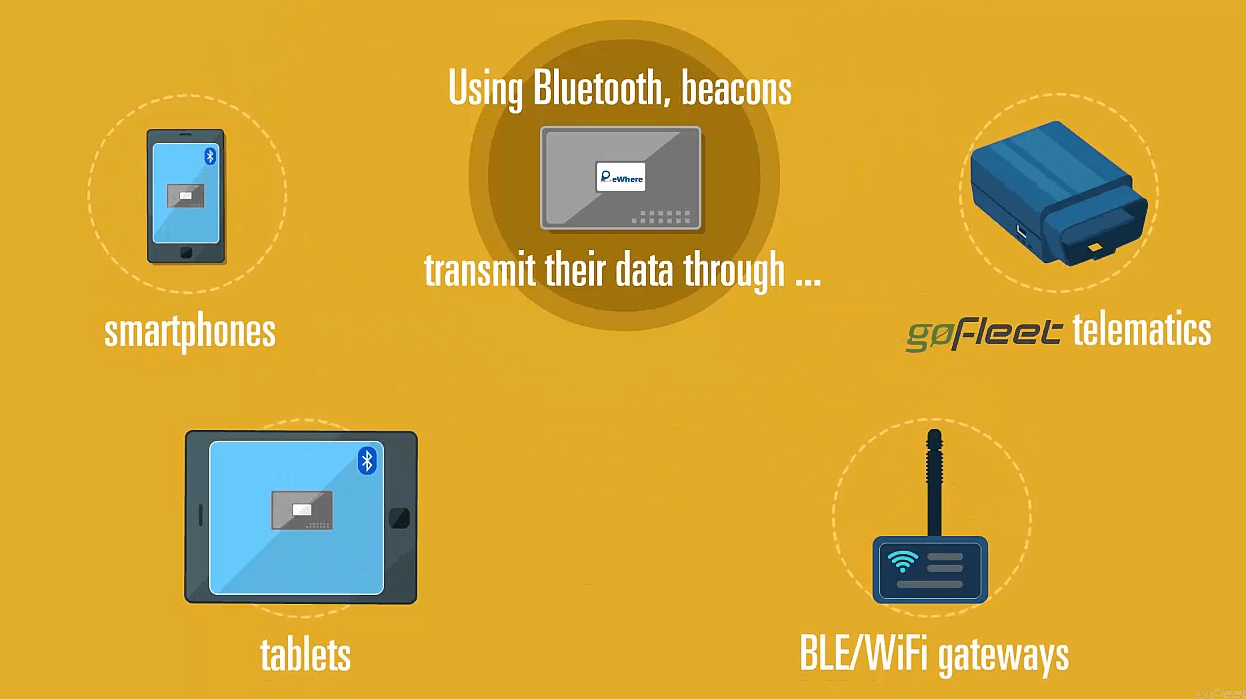Fleet Management Program Implementation Guidelines
When you are ready to implement an effective fleet management program, it is important that you understand there is no one-size-fits-all solution that will work for every company. Understanding some basic guidelines will help you avoid wasting money and help you make a smooth transition to the new fleet management program.
Know What Your Needs Are
Before you look into GPS fleet tracking systems, you need to know what your needs are. You must also determine your budget and what you would like to accomplish with a fleet management program. Do you want to manage your drivers’ behavior, improve vehicle maintenance, improve routing, etc. In addition, you need to know if you are going to need the system to integrate with other back-office software programs that you are already using.
Communication
The best way to ensure your fleet management program’s success is to communicate with your entire staff about the fleet management program before it is implemented. This does not mean just sending a memorandum to all staff. Have an open discussion about the purpose and goals of the program. Open communication generates a company-wide buy-in that is essential for the program to succeed in the long-term.
Don’t Make Changes Too Quickly
Once you implement your new fleet management program, do not make too many changes too quickly. It is imperative that you collect your fleet data at a pace that is manageable and that your react to the new information in incremental steps, not widespread change. Some companies actually find that not changing anything for the first two months allows the fleet manager time to establish a baseline. After the baseline is established, the fleet manager can address issues with the facility design and the drivers’ behaviors one at a time.
Make Decisions With Data Not Emotions
If the GPS fleet tracking system reveals that a driver is underperforming, it is important you make decisions about your findings with the data not with your emotions. Do not be quick to fire an employee based on the fleet management program data, the underperformance may have a measurable solution. In addition, using the data instead of emotions can help mitigate the feeling of apprehension that many fleet managers feel.








